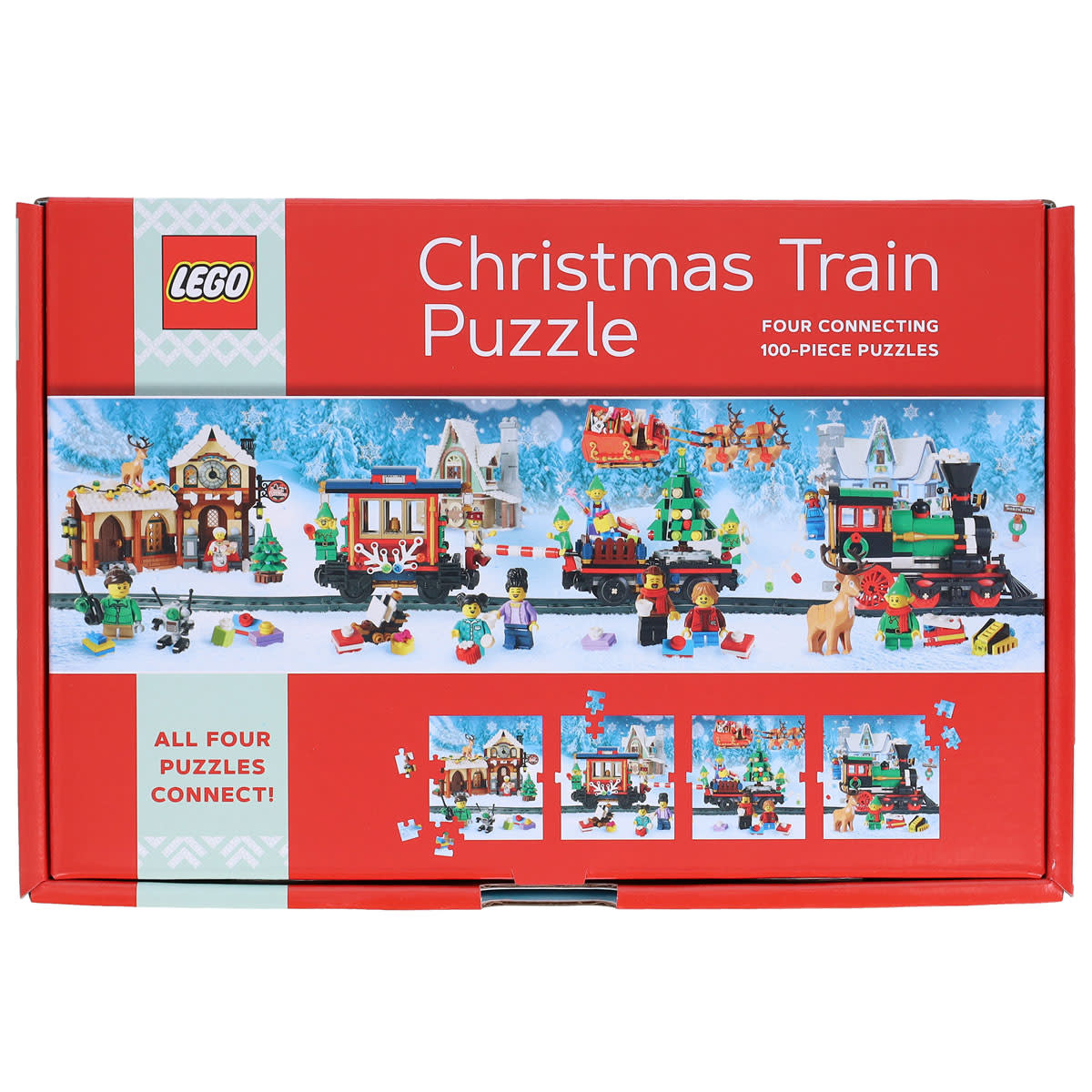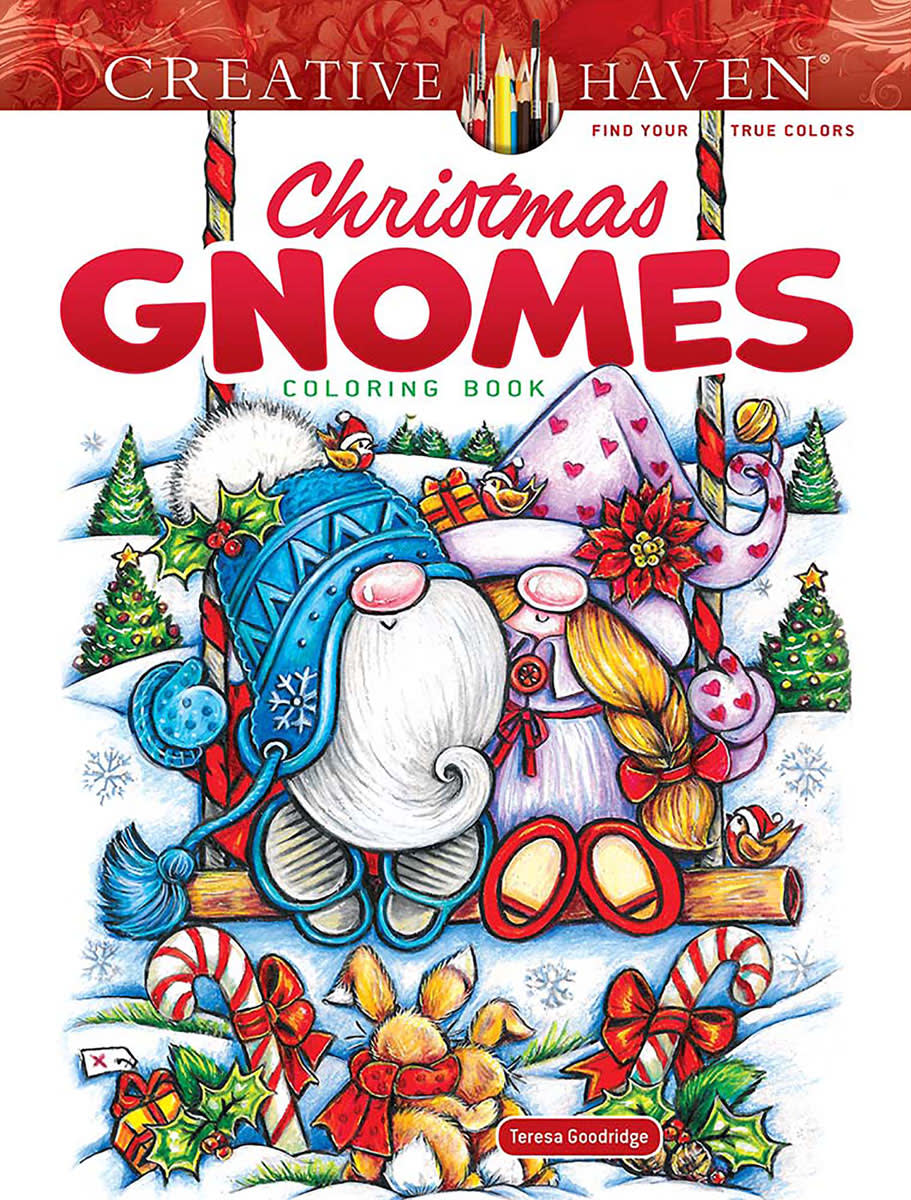How do classical educators teach composition and grammar skills? Tracy Gustilo and Lene Jaqua struggled with this questions and came up with their own solution in the Classical Writing program. Classical Writing offers a simple yet effective strategy for teaching composition and grammar, working through consecutive stages of skill development following proven strategies that have been used for hundreds of years.
The program can be used with first or second graders up through high school. First in the series is the Classical Writing Primer, a set of three courses to be completed in one year with children who might be as young as first grade level or up to fourth grade level. Because Classical Writing Primer differs significantly from the rest of the series, I have reviewed it separately. Click here for that review.
Students need not complete the Classical Writing Primer to begin the other Classical Writing courses. Because of its design, almost all students who are beyond the Primer level will begin with Classical Writing - Aesop. The program suggests a four-days-a-week schedule, with each day's Classical Writing work split into two 30-minute sessions. The first session is for analysis and imitation while the second is for writing projects.
For each book there is a "core book" that is essential. There are also optional Student Workbooks and Instructor's Guides for each book, but I highly recommend that you purchase them. (Note: Older students should use the Student Workbook for Older Beginners as they work through Aesop and the next book, Homer.)
Classical Writing - Aesop , uses short narrative pieces as the base of each lesson. The first day begins with reading and discussion of the piece itself. The authors recommend Aesop's fables as a starting point, so they include six of them in the back of the book. (Note that narrative pieces are included within the lessons in Student Workbooks and Instructor's Guides.) There is also a separate book, Traditional Tales: Models for Classical Writing, that includes the six selected fables plus other Aesop's fables in addition to fairy tales, legends, and Bible stories. These are all writings that are in the public domain. For those who do not want to purchase Traditional Tales, the authors generously point you to web sites where you can find such writings for free. Again, Traditional Tales or other sources are not required for the narratives to teach the courses, but it provides additional models.
Instructor's Guides for each of the books make it easy for parents to teach the courses. They lay out step-by-step daily lesson plans. Suggested answers are included wherever appropriate. Instructor's Guides include the narrative models so that parents can do their own markups. No completed, marked up models are provided, so you really need to do this. Space for notes follows each narrative. General background information on the narratives and their authors is in an appendix. In addition, there is a set of grammar flashcards at the end of the book that you should cut out and laminate. These are used for each lesson.
Companion Student Workbooks also serve to simplify the teaching process by laying out lessons for students with the narrative models, assignments and questions, and space for responses and some written work. Students will need to maintain a separate notebook for their lengthier writing assignments.
The first day of a lesson introduces the narrative and includes vocabulary work with the dictionary on unfamiliar words. The second day moves on to phonics and spelling. The authors expect that you are using separate phonics, spelling, and handwriting programs, but since they are both Writing Road to Reading users, they incorporate that program's method of marking words into their phonics and spelling work. Thus, they instruct you to have children do a "Writing Road to Reading type analysis" on words they encounter that they have difficulty reading. If your child is a bit older, instead you select appropriate words for the child's spelling level and again apply WRTR methods to analyze and mark the words. Children who don't need this type practice are instructed to work on a variety of dictionary skills (explained in the book). If you do not use WRTR, you can use only The Alpha List by Wanda Sanseri that concisely presents the phonograms, spelling rules, and marking system used for WRTR. If you do not want to learn and incorporate WRTR methodology at all, you will be left to your own devices as to how to incorporate comparable spelling and phonics lessons for younger students. Older students working on spelling and dictionary skills could do so without the WRTR methodology.
The third day's focus is grammar. Here the authors recommend Harvey's Grammar (Mott Media). the program is dependent upon the parent's prior knowledge of grammar to work with sentences in the selected model. Suggestions are given for more challenging work for different ability levels.
The fourth day is for copywork or dictation depending on age and ability. In addition to the routines, review is built into the lessons beginning with the fourth week.
What I have just described are the first 30-minute sessions for each day focusing on analysis and imitation. Each day should also include a writing project session. Writing projects work through progressively more difficult assignments relating to the model in the analysis and imitation lesson. With younger students, you might be using dictation techniques—your child retells the story in his own words as you write it down. You might be helping your child work up an outline from which he will create his narration. You will use a technique that suits the age and ability of each child. Corrections and rewrites are essential to this process. The lessons expand to include dialogue and descriptive detail. As you can tell, this really is a teacher-dependent program.
Students work through the books in order. The website has a chart showing which books are appropriate at each level as well as their proper order.
Classical Writing: Homer should be used beginning in fifth grade or above. The format is similar to Aesop. There are optional student books and instructor's guides A and B you might wish to use alongside the core book.
Classical Writing: Poetry for Beginners is similar in concept to Aesop and Homer, but students do much more analysis and less writing of their own poems. As with Traditional Tales, a separate volume of Poems for Beginners is available. While children in at least third or fourth grade who are fluent readers of chapter books might be ready for this course, it will likely be most suitable for fifth grade and above. This is only the first of three volumes for studying poetry from Lyceum Academy Press, but it should be the starting place for all students. It teaches students the theory of poetry, how to thoroughly analyze a poem, and how to imitate the elements of a poem. In this course, students learn to write poetry by copying, through dictation, and through paraphrasing. They write original poetry only within the framework of a model poem.
Aesop is prerequisite to both Homer and Poetry for Beginners. Student should be at least fifth grade level before beginning either one. The authors suggest that students study poetry 12 weeks of every school year. This Poetry for Beginners volume should be the starting place for poetry study for all students. Younger students (fifth-sixth grades) should do part of the book one year, and the rest the following year. There are student books A and B that break this down for students. Intermediate (junior high) and advanced (high school) students should be able to complete this entire study within a twelve-week period. This can be followed by Intermediate Poetry for students in seventh grade and above.
Diogenes: Maxim follows next and is targeted at students in seventh grade and above.
Diogenes: Chreia is best for for eighth grade and above. You might also begin the Intermediate Poetry at eighth grade or above.
Advanced level books in the series, none of which have I reviewed, are as follows.
Herodotus teaches analysis and writing an argumentative essay.
Plutarch focuses on writing the biographical essay.
Advanced Poetry is suitable for high school students. It teaches analysis and imitation of poetry as well as how to write an analytical essay about a poem.
Demosthenes (not yet available) will be a two-year course that teaches logic and dialectics.
Shakespeare: Description and Speech-in-Character (not yet available) helps students learn to write descriptive passages and dialogue modeled on Shakespeare's plays as well as novels by authors such as Jane Austen and Daniel Defoe.
The authors offer many suggestions for creating age-appropriate lessons and daily schedules. Samples from work with their own children are included along with some very candid commentary about the lessons themselves that produced each piece. It sounds complex as I write about the program, but once you have the pattern down, it should be a straightforward process.
Some parents have been using narration techniques, and others have been using dictation and copying, but I really like the way this program brings them together into a purposeful whole with other language arts skills.
An unusual feature of the entire program is the way you purchase it. The publisher works through Lulu, a print-on-demand company. You go to the Classical Writing website to place an order. Your book is printed and shipped immediately. Some items are available as downloadable files. Printed books are now also available through Rainbow Resource Center.











